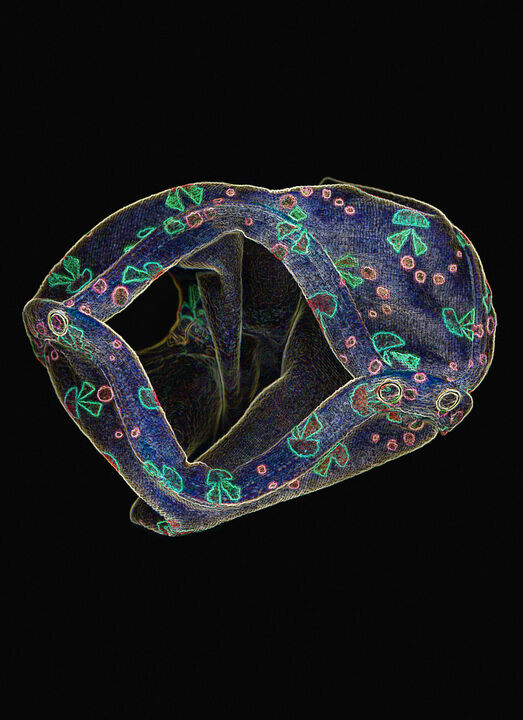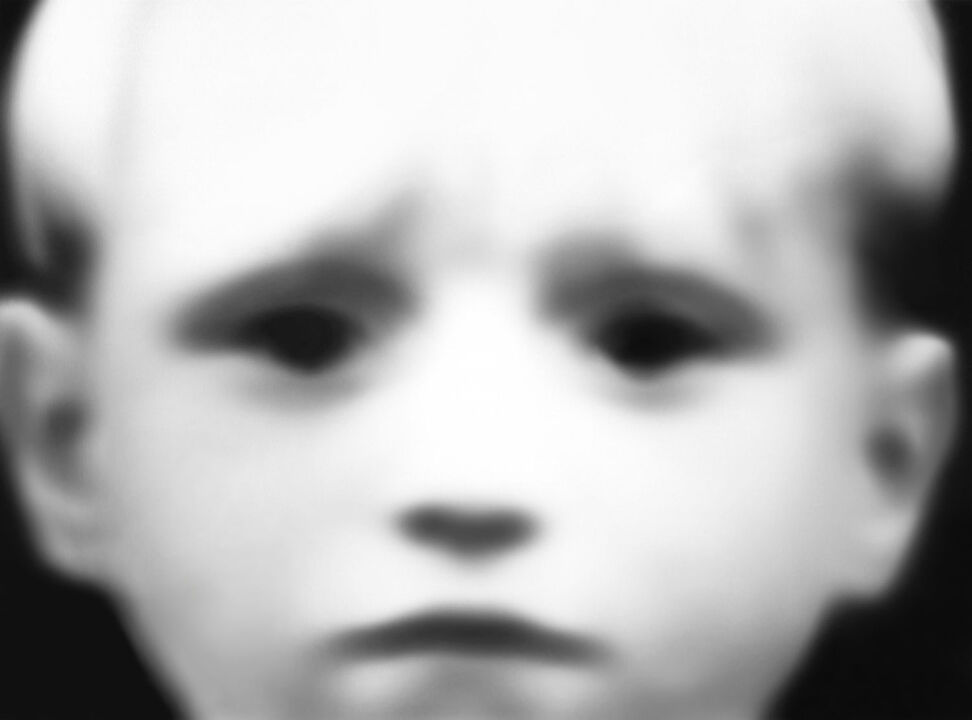Jolana Havelkova, Kolin, Czeck Republic
Jolana Havelkova was born in Kolin (The Czech Republic) in 1966 and is a contemporary photographer, curator and university educator. She graduated from The Silesian University in Opava having studied at The Institute of Creative Photography (at the Faculty of Philosophy and Science). She lectured at The Faculty of Useful Arts and Design at The J. E. Purkyn University (The Studio of Photography and The Studio of Digital Media) in Usti nad Labem from 1999–2008. She conducted workshops, which were directed towards the interconnecting between sound and pictures at FAMU (photography department) during the spring semester of 2014.
In her works she often uses and works with photographs and engages in mail-art, experimental and visual – sound projects.
She has had a number of solo exhibitions at different locations. She has also taken part in different art shows of contemporary art (e.g. Czech Fotography of the 20th Century, A Temporary Czech Landscape, The Photogeny of Identity, The Intimate Circle in Contemporary Czech Photography).
She has collaborated on the documentary films František Drtikol the Photographer and and Image according to Tomas Spidlík. She co-organized the photography festival Funkeho Kolín between 1993–2009.
She has prepared a number of exhibitions in the field of photography and contemporary art (Status Nascendi, Bedrich Grünzweig and other). The publishing house Kant published her book with photographs named Kolín together with an essey by Josef Skvorecky and the book Iluzionista na záletech, for which she provided illustrations.
Regular portion of emotions
In this ensemble Jolana Havelkova thinks of the circumstances under which people attach great importance to inanimate things or even attribute to them human or animal features. Sometimes the objects become prove of mutual relations, or represent their substitution. They may present satisfaction of accomplishment of a variety of relationships and links, may become a memory, or in extreme cases, the addiction to themselves. Some things, such as used clothing, contain even further fetishistic dimension, to which is attributed a special power and to which is subsequently attracted the human mind.
In 2002 Jolana Havelkova began to create an overview of their child's clothing. She perceived how those little things full of symbols and colors used to arouse unusual human sentiment and even emotion of the people. From the imprints of the clothes the author creates objects that resemble various plants and animals, microorganisms, mysterious creatures. They are beautiful, enigmatic and sometimes even overall frightening. . Ambivalent relationship to these objects also implies existential dimension - the sadness of the flowing time, memories of joyful season. We actually suspect in them certain exaggeration and sense of humor.

Landscape 06
Jolana Havelková is interested in the landscape as building blocks, landscape as an abstract painting, as a configuration of the relatively limited number of pixels available in the camera of mobile phone. And she is interested in precisely the seductive doubt which distinguishes the human brain from machines and nostalgia from history.
The Elbe lowlands in winter, with their horizontal monotony, are an ideal subject for this kind of photography. The single, ever-repeating line of the horizon, dividing the picture into familiar proportions of the earth and sky, allows the suggestion of building formations and distant tree lines to grow on itself. The image is reduced to a bare minimum but it still works as well as a Chittussi’s watch. Is this the same with us? Are not rather the images inside ourselves, waiting just for the right stimuli to trigger them?

Temporary Meetings
Photographic cycle entitled Temporary meetings (1999–2002) presents human faces. However, these photographs are not portraits in the traditional meaning. Jolana Havelkova creates enigmatically misty shapes from realistic images by defocusing and other interventions in the dark chamber. The resemblance of its patterns is only distant. Details disappeared from the faces as well as other items that are important for identification. Different aspects of metamorphosis and identity are considered in these works. Havelkova also refers to Freud’s treatise on the mechanisms of dream work. She aims at a certain grinding of the surface; at a dream condensation creating summarized personae, where traits belonging to different figures are combined in one image, which could be mistaken for another…
Jolana Havelková, Kolín, Tschechien, Mai 2004

Collections
Muzeum umení a designu Benešov, Czech Republic
Slezské zemské muzeum Opava, Czech Republic
Muzeum umení Olomouc, Czech Republic
Private collections








